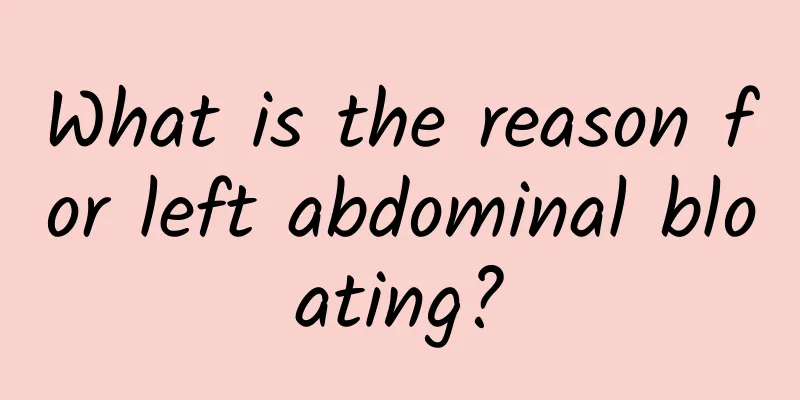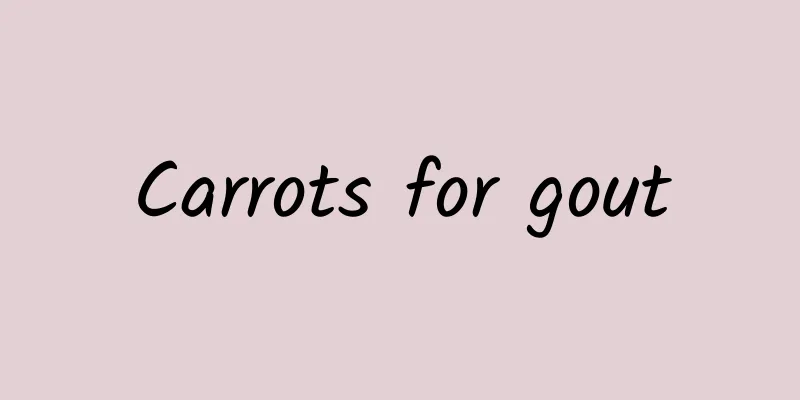How to eat red yeast rice to lower blood lipids

|
Red yeast rice is a new type of rice made by fermenting red yeast rice and rice. After fermentation, the red yeast rice not only retains the original taste and nutrition of rice, but also contains many more substances that are beneficial to the human body. For example, red yeast rice is very helpful for cardiovascular diseases such as the heart and blood. If consumed properly, red yeast rice can also lower blood lipids. So how can we eat red yeast rice to lower blood lipids? Let me introduce it below. The simplest and most convenient way to lower blood lipids is to drink red yeast rice. You can boil the red yeast rice with boiling water, and then drink the soup directly after it cools down. Drinking the soup is the best effect, but it should not be consumed excessively every day. It should be consumed according to the doctor's advice. In addition, red yeast rice can be ground into powder and then rubbed into small pills with pure water. Take one pill a day. Both of these are relatively convenient. You can also add a little red yeast rice when cooking, but be sure to pay attention to the amount. When eating red yeast rice, be sure to avoid spicy and irritating foods. Red yeast rice porridge recipe: 1/10 Prepare the ingredients: black rice, red glutinous rice, red yeast rice, red beans, and coix seed. 2/10 Except for red yeast rice, which only needs to be briefly washed, the other four need to be soaked and then drained. 3/10 First put the barley into the pressure cooker. 4/10 Add red beans, black rice and red glutinous rice in turn. 5/10 Add appropriate amount of water, cover the pot and cook over high heat until the air is released and then turn off the heat. 6/10 After half an hour to an hour, turn on the heat again and cook for a few minutes and then turn off the heat. Open the lid of the pot after an hour and you can see that the rice, beans and other ingredients are basically cooked. 7/10 Then add the red yeast rice, cover the pot and continue cooking for about ten minutes. 8/10 After about half an hour, open the lid of the pot and the red yeast rice will have cooked into flowers. 9/10 Add appropriate amount of borneol sugar. If there is not enough water, add appropriate amount of boiling water. Remember not to add cold water. 10/10 Cook over high heat for a while until the borneol sugar is dissolved and then turn off the heat. Contraindications: Red yeast rice taboo 1--Cannot be taken with lipid-lowering drugs Patients who are taking lipid-lowering drugs should not consume red yeast rice at the same time, because lipid-lowering drugs can lower cholesterol themselves. At the same time, red yeast rice cannot be taken together with statin drugs, because both red yeast rice and statin drugs have side effects such as dizziness, stomach burning, and liver damage. Red Yeast Rice Taboo 2: Use with caution when spleen yin is insufficient Red yeast rice can strengthen the spleen and aid digestion, and treat food stagnation, which means it can quickly promote digestion. People with insufficient spleen yin have insufficient spleen qi, lack of energy, and loss of appetite. Such people are not suitable for eating red yeast rice. Red yeast rice can promote digestion and consume spleen qi, so it is not suitable for people with weak spleen and stomach.
Red Yeast Rice Taboo 3: Use with caution if you do not have food stagnation Red yeast rice is mainly used to treat food stagnation and abdominal distension, promote digestion and absorption, and speed up metabolism. People who do not have food stagnation do not need to take it, and it may cause bad effects after taking it. Therefore, many foods are taken as needed, and should be used with caution if they are not beneficial. Therefore, red yeast rice should be used with caution for friends who do not have food stagnation. Red yeast rice is a purple-red rice fermented by microorganisms. It can treat abdominal distension caused by indigestion and promote blood circulation and remove blood stasis. However, it also has the above contraindications. I hope everyone pays attention to the above points. |
<<: Treatment of polycystic liver and kidney disease
>>: What are the methods of bowel cleansing oil?
Recommend
Early symptoms of varicose veins, early detection and early treatment
Varicose veins, also known as fried legs, are a m...
The difference between Polygonatum odoratum and Polygonatum odoratum
In daily life, there are many things that are sim...
What to eat to make your period come early
Generally speaking, some women have normal menstr...
How to wash your hair when you have severe hair loss caused by kidney deficiency?
We all know that hair is the essence of the kidne...
What are the precautions for scraping and cupping?
In folk medicine, many people still recognize the...
Irritable Bowel Syndrome
Stress-induced tea syndrome can cause symptoms su...
Does dandelion damage the kidneys?
In daily life, we often see dandelions on the gra...
Treatment for vagus nerve damage
As we all know, the life activities of the human ...
Anti-pulmonary fibrosis drugs
I believe many people don’t know what the main an...
Can I use scraping when I have a fever?
Autumn is here, and it is the time when the tempe...
Chinese patent medicine for insomnia caused by stomach disharmony
Insomnia due to gastrointestinal dysfunction refe...
Why do I have so many small pimples on my body?
Having a lot of small pimples on the body is a co...
Drinking protein powder causes diarrhea
I believe that many men want to have a body of st...
Uterine adenomyoma
Uterine fibroids are a common type of endometrial...
Does chemotherapy damage liver function?
Chemotherapy is a relatively special treatment me...









